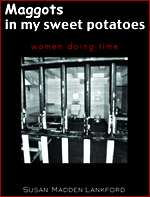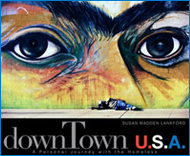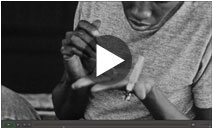 The homeless are particularly vulnerable to violence and crime. Exposed on the street without shelter, they make appealing targets for the distorted personalities that prey on others. Recently, attacks on the homeless have been on the rise, and it’s finally drawing the attention of those in power.
The homeless are particularly vulnerable to violence and crime. Exposed on the street without shelter, they make appealing targets for the distorted personalities that prey on others. Recently, attacks on the homeless have been on the rise, and it’s finally drawing the attention of those in power.
David Hunt, a writer for Jacksonville.com, reports that, as of last Friday, attacks on the homeless in Florida are now considered a hate crime:
A law passed by this year by the Florida Legislature adds ‘homelessness’ to a list of protected classes in the state’s hate-crimes enhancement statutes, which already include traits such as race, ethnicity and sexual orientation.
Under the law, those who would be facing a year of jail time for battery could face as much as five years if the target of the attack is a homeless person.
Thankfully, this issue is attracting government’s attention not only in Florida. The U.S. Senate held a hearing last Wednesday, examining violent attacks against the homeless. The statistics are truly disturbing, and the trend of violence is increasing at an alarming rate. Just take a look at this testimony reported by Alex Ogle for AFP:
In many cases of the 117 ‘hate attacks’ against those living on the streets or in shelters in 2009, including the 43 murders, violent acts against the homeless ‘was almost a sport’ for attackers who see their victims as ‘unhuman,’ Florida police officer Richard Wierzbicki testified at the hearing.
Simone Manning-Moon, whose older brother Norris Gaynor was beaten to death by three teenagers with baseball bats and a rake handle, told the hearing that he was targeted ‘because he was homeless.’
The Norris Gaynor beating was caught on tape by the surveillance cameras and has led to the conviction of the boys involved. Here is a new report that includes the footage, below:
Now think about the 43 murders cited by Officer Wierzbicki. It makes for a grim picture indeed.
Ogle also reports another unsettling piece of testimony from Capitol Hill:
Homeless people have become a ‘socially acceptable target of aggression,’ noted Brian Levin, advisor to the National Coalition for the Homeless (NCH) and director of the California-based Center for the Study of Hate and Extremism.
Whether classifying these attacks as hate crimes will make an effective change remains to be seen, but something needs to be done to stem the tide of violence. These are people’s daughters, brothers, mothers, and children that are living on the street, human beings already undergoing harsh trials that do not need to be exacerbated by the threat of injury or death.
Source: “US Senate urged to act on rising attacks on homeless,” AFP via Google News, 09/20/10
Source: “Hate crimes will include attacks on homeless,” Jacksonville.com, 09/29/10
Image by izarbeltza, used under its Creative Commons license.
Visit Us on Facebook: Humane Exposures Publishing , downTownUSA, Maggots in My Sweet Potatoes, It’s More Expensive To Do Nothing

 There is a place in the U.S. where prison defines the culture of the area around it. That city is Canon City, Colorado, and it is described on the
There is a place in the U.S. where prison defines the culture of the area around it. That city is Canon City, Colorado, and it is described on the  We cover a lot of prison issues on this blog. However, up till now, we’ve yet to touch on one of the most infamous prisons in modern American history — Guantanamo.
We cover a lot of prison issues on this blog. However, up till now, we’ve yet to touch on one of the most infamous prisons in modern American history — Guantanamo. Photography is a powerful tool for getting across the humanity behind the major issues of the day. Of course, at HUMAN
Photography is a powerful tool for getting across the humanity behind the major issues of the day. Of course, at HUMAN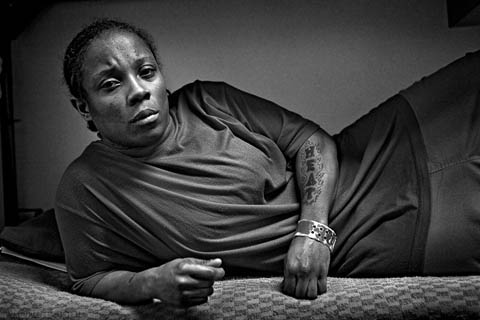
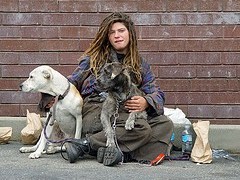 Among the significant number of homeless teens on the street there are many who have been reduced by circumstances to prostitution. It’s a grim and ugly reality.
Among the significant number of homeless teens on the street there are many who have been reduced by circumstances to prostitution. It’s a grim and ugly reality.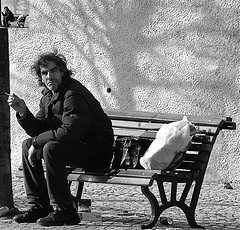
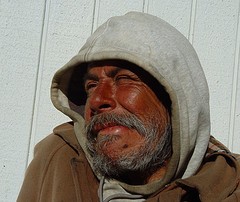 Early morning last Monday had seen faces that you wouldn’t normally see at that hour fan out through downtown San Diego, as the volunteers had attempted to take a census of the society’s disenfranchised. The effort is part of a national initiative to get better data about the homeless population so that help can be given to those most in need. The goal is to reduce the number of homeless on the streets by 100,000 between now and the middle of 2013.
Early morning last Monday had seen faces that you wouldn’t normally see at that hour fan out through downtown San Diego, as the volunteers had attempted to take a census of the society’s disenfranchised. The effort is part of a national initiative to get better data about the homeless population so that help can be given to those most in need. The goal is to reduce the number of homeless on the streets by 100,000 between now and the middle of 2013. There are many paths taken by those on the streets. For an unfortunate number of pople, one of those paths is prostitution, and they get started at an earlier age than some of us would think.
There are many paths taken by those on the streets. For an unfortunate number of pople, one of those paths is prostitution, and they get started at an earlier age than some of us would think.





